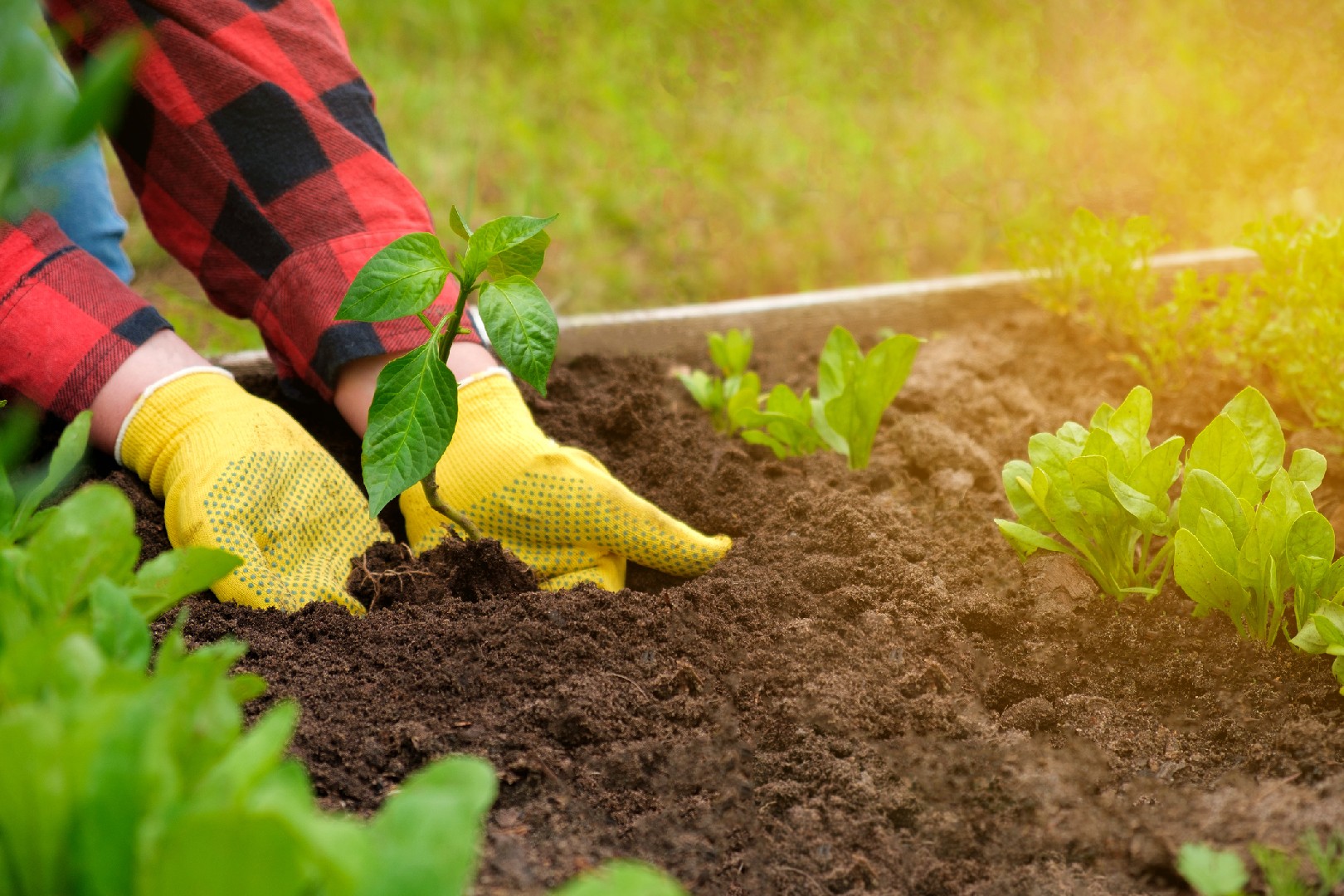
Understanding Soil Composition
Soil composition plays a crucial role in determining the success of your vegetable garden. Understanding the components of fertile soil and their functions will help you create the optimal conditions for a bountiful harvest.
The first component of fertile soil is organic matter. This includes decomposed plants, animals, and other organic materials. Organic matter is important for several reasons. Firstly, it provides nutrients to plants as it breaks down. These nutrients are essential for healthy growth and development. Additionally, organic matter improves soil structure, making it easier for roots to penetrate and access water and nutrients.
Another important component of fertile soil is water. Plants need water for various physiological processes, including photosynthesis, nutrient uptake, and transpiration. Soil acts as a reservoir, holding water and making it available to plants. Adequate water retention is crucial, especially during dry periods, to ensure your vegetables have a constant supply of water.
Air is also essential for plant growth. The spaces between soil particles allow for the movement of air. Oxygen is necessary for the respiration of plant roots, and carbon dioxide produced during respiration needs to escape. Proper soil aeration promotes healthy root growth and prevents the buildup of harmful gases that can stunt plant growth.
Essential minerals, such as nitrogen, phosphorus, and potassium, are also key components of fertile soil. These minerals are required by plants in varying amounts for various functions. Nitrogen supports leafy growth, phosphorus is essential for root development, and potassium contributes to overall plant health and disease resistance.
Maintaining the correct pH balance in your soil is crucial for optimal plant growth. Most vegetables thrive in slightly acidic to neutral soil, with a pH range of 6.0 to 7.0. Soil pH affects nutrient availability to plants. If the pH is too high or too low, certain nutrients may become unavailable, leading to nutrient deficiencies. Testing your soil's pH and making necessary adjustments can ensure your plants have access to the nutrients they need.
To create fertile soil for your vegetable garden, start by incorporating organic matter into your soil. This can be done by adding compost, well-rotted manure, or other organic materials. Regularly water your plants, ensuring the soil remains moist but not waterlogged. Consider using methods like raised beds or drip irrigation to improve water retention. Aerating your soil periodically by tilling or using a garden fork will promote air circulation. Finally, testing your soil's pH and amending it as needed will ensure your plants receive the essential nutrients they require.
By understanding the importance of soil composition and implementing these strategies, you can prepare your soil for a bountiful vegetable harvest. So get your hands dirty, tend to your soil with care, and watch as your garden thrives!









